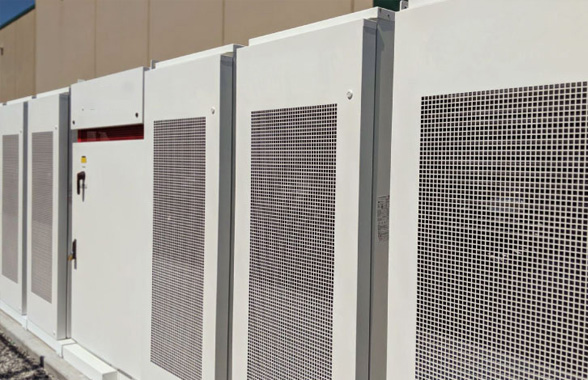Adjusting demand to stabilize the electrical grid and receive compensation in return: what does this mean and how do we do it? The key is energy flexibility.
Stabilizing, generating, and maintaining balance – all by using instability. Or better, advancing our ability to manage instability. What am I talking about? Energy, obviously. More specifically – a concept that has been on the radar for insiders, but is less obvious to those who know energy only because – or mostly because – they use it. But look out: helping keep the balance of the electrical grid could mean activating new and pleasantly surprising cash flows.
I’m talking about the concepts of energy flexibility, Demand Response, and the search for a balance between supply and demand. This issue is now more critical than ever in guaranteeing stability for the electrical grid, and is the perfect response to multiple consumption needs. And this search involves all the players in the energy system: no longer just energy producers, but those who consume it, store it, and are able to “return it” to the grid as well. And so can be compensated.












